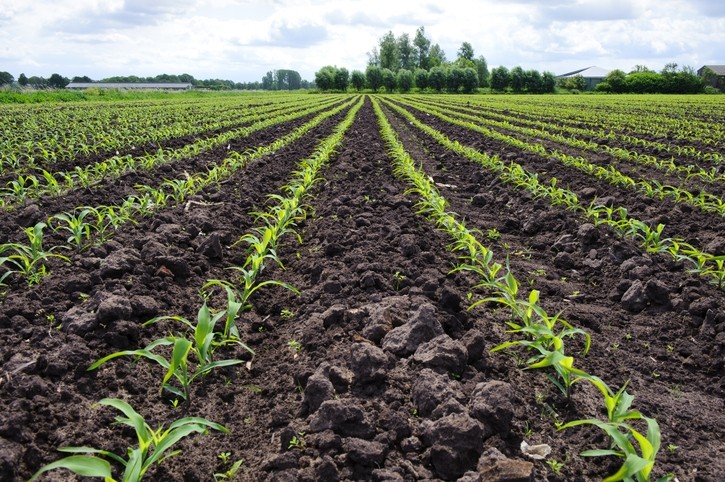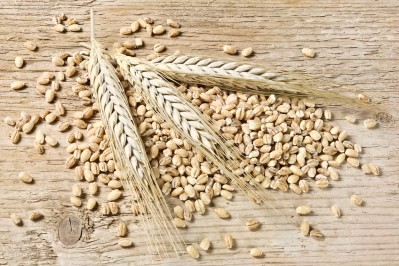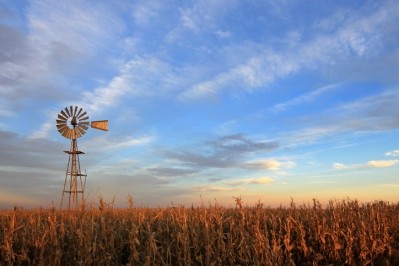Pace picks up in US soy and corn planting

Although there was a slow start to the planting season, the pace has picked up, said Scott Brown, assistant extension professor of agricultural and applied economics with the University of Missouri.
“When you look at crop progress in the last week or so we’ve planted a good amount of corn,” he told FeedNavigator. “We’re ahead of last year [in Missouri] – we’ve learned we can plant a lot of corn in a short amount of time.”
“It seems like the slow start has caught up in many places – like in Iowa 40% [was planted] as of May 6 last year – they planted 23% in a week’s time in Iowa,” he said. “And soybeans in Iowa 12% [were planted] this year compared to 8% last year [as of May 6] – I’m amazed at how quickly we can catch up.”
In Missouri, the state also has been quick to catch up on average planting and has been progressing on getting its soybean crop planted as well, said Brown. “It’s amazing how quickly we can plant,” he added.
In terms of feed crop emergence there was some delay in sprouting, he said. “[In terms of] corn emerged, we’re looking at 34% rather than 40%,” he added regarding last week’s sprouting rate.
Corn planting and emergence
The US Department of Agriculture (UDSA) released updated details of the 2018/19 crop on Monday.
Corn planting in the 18 states responsible for 92% of last year’s production has almost reached the average pace set for this point in the planting season, it said. However, it continues to lag behind where producers were at this time last year.
About 62% of the crop has been planted, compared to the multi-year average of 63%, according to the USDA data. However, last year by this point about 68% of the crop was in the ground.
States that continue to lag behind the average pace of planting include Colorado, Iowa, Kentucky, Michigan, Minnesota, North Dakota, Pennsylvania, South Dakota and Wisconsin, the department said. However, states that have outpaced where they were at this point last year include Illinois, Indiana, Kansas, Missouri, Ohio and Texas.
Overall corn emergence has reached 28% as of May 13, while last year about 29% of the crop had sprouted at this time, noted the USDA. On average about 27% has emerged at this point.
States with emergence rates that continue to lag behind last year’s include Colorado, Kentucky, Minnesota, Nebraska, North Carolina, North Dakota, Ohio, Pennsylvania, South Dakota and Tennessee, Texas, the department said.
Soy sprouting
Soybean planting has surpassed both the rate set on average and that established last year, the USDA said. Currently, about 35% of the crop has been planted in the 18 states that planted about 96% of the crop last year, compared to 26% being planted on average and 29% planted by this time in 2017.
States that continue to lag behind the pace set last year include Iowa, Kentucky, Minnesota, Mississippi, North Dakota and South Dakota, the department said.
Emergence rate, which was not available last week, also has made gains against sprouting seen previously, the department said. About 10% of the crop has emerged, up from 6% on average and the 7% set last year.
States that have yet to see the feed crop sprout include Minnesota, North Dakota and South Dakota, the department said. States with sprouted crops that continue to lag behind the pace set in 2017 include Arkansas, Kentucky, Louisiana, Mississippi and Ohio.
Wheat growth and quality
Winter wheat maturation remains behind both last year’s pace and the multi-year average for the crop, said the USDA. Last year about 61% of the crop had headed by this time, and on average 53% of the crop has, however, this year only 45% of the crop has reached that stage.
States that continue to trail both last year and the average growth rate include California, Colorado, Illinois, Indiana, Kansas, Missouri, Nebraska, North Carolina, Ohio and Texas.
Additionally, wheat quality is down from last year, said the USDA.
At this point last year 8% of the crop was considered excellent and 43% was rated as good, added the agency. Currently, 7% of the crop has received an excellent rating and 29% is considered good.
Sorghum and oats
Sorghum planting is on par with the rate set last year, although at 32% planted it remains behind the multi-year average, said the USDA. Of the 11 states that planted the majority of last year’s sorghum acreage, only Colorado has not started its planting.
States that remain behind the pace set last year for sorghum planting include Arkansas, Louisiana, Oklahoma and South Dakota, the department said.
Oat planting continues to lag both the rate set last year and the average pace, the USDA said. In 2017, about 89% of the crop had been planted by this stage and on average 84% has – this year about 72% of the crop has been planted.
Similarly, emergence is behind the previously set pace, the department said. Overall 48% of the crop has sprouted, compared to 66% on average and 70% last year.










